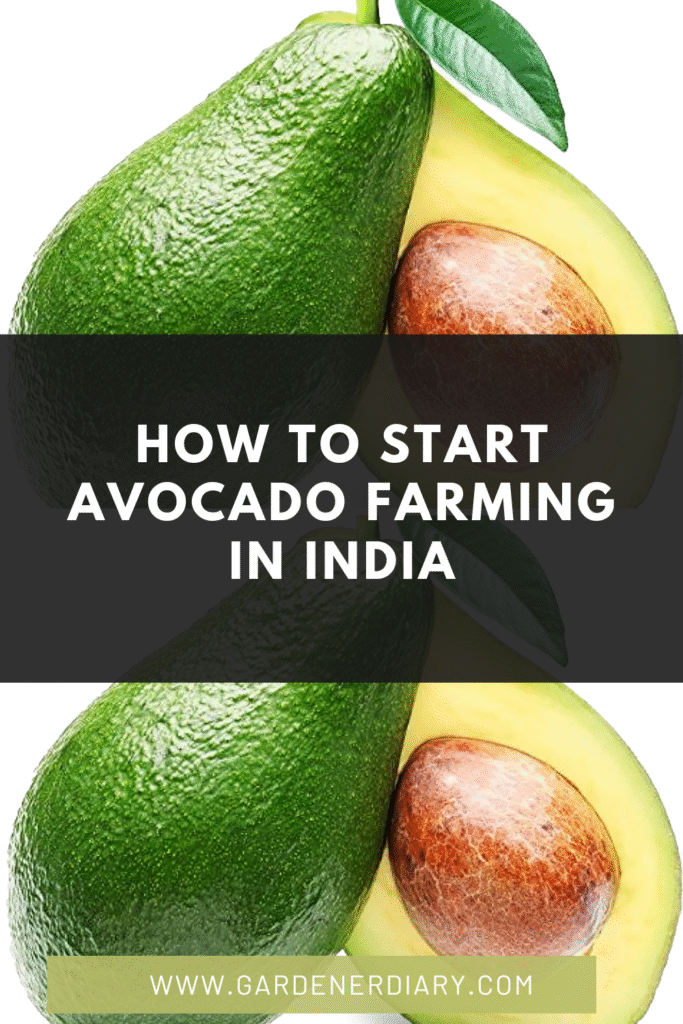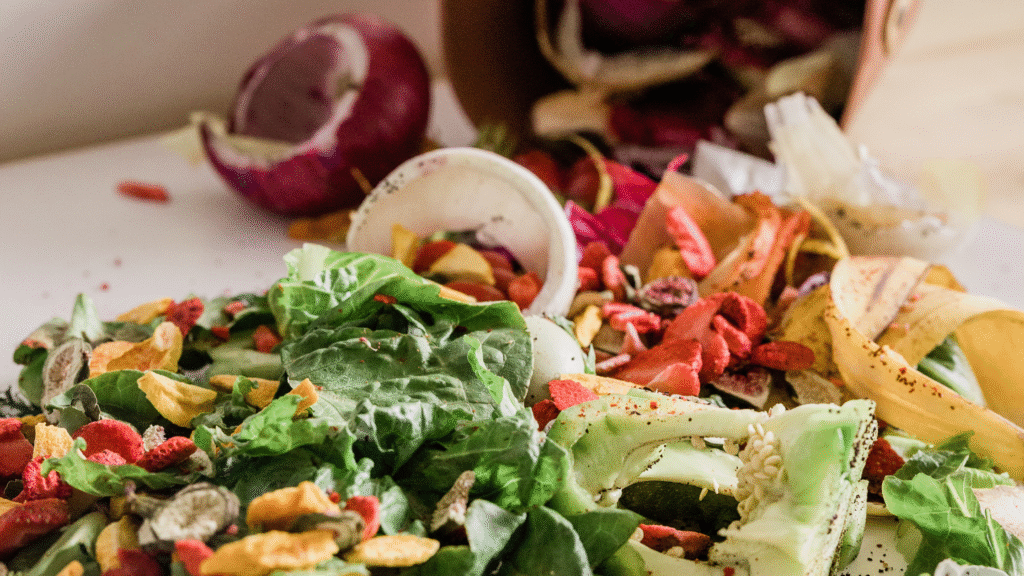How to Start Avocado Farming in India: Your Comprehensive Guide to Cultivating Green Gold
Once a niche fruit in India, the avocado has rapidly ascended to superfood status, driven by increasing health consciousness, global culinary trends, and a growing urban demand for nutritious and versatile produce. This surge in popularity has opened up significant opportunities for Indian farmers and agricultural entrepreneurs looking to diversify their crops and tap into a lucrative market. While avocado cultivation in India is still relatively nascent compared to traditional crops, its potential for high returns and sustainable farming practices makes it an increasingly attractive venture.
If you’re considering entering this exciting sector, understanding how to start avocado farming in India is crucial. This comprehensive guide will walk you through the essential steps, from selecting the right varieties and preparing your land to managing your orchard and marketing your harvest, all tailored to the unique conditions of the Indian subcontinent.
Why Avocado Farming is a Promising Venture in India
The growing interest in avocado farming in India is fueled by several compelling factors:
- Soaring Demand: The demand for avocados in Indian metropolitan cities and health-conscious communities is skyrocketing. This demand currently outstrips local supply, leading to significant imports and high market prices. The nutritional value of avocados is well-recognized globally, as detailed in research like this Brazilian Journals publication.
- High Profit Margins: Due to limited local production and high demand, avocados command premium prices, offering potentially excellent returns on investment compared to many traditional crops.
- Diversification of Crops: For farmers seeking to move beyond conventional crops, avocados offer a high-value alternative that can enhance farm profitability and resilience.
- Adaptability to Certain Climates: While avocados have specific climatic needs, certain regions in India, particularly parts of South India and Northeastern states, offer suitable conditions.
- Export Potential: As Indian production grows and quality improves, there’s long-term potential for exporting avocados to international markets.
Challenges and Opportunities in Indian Avocado Cultivation
While promising, avocado cultivation in India comes with its own set of challenges that aspiring farmers must address:
Challenges:
- Climate Specificity: Avocados prefer subtropical climates with mild winters, no frost, and well-distributed rainfall. Finding ideal locations across India’s diverse climate zones is crucial.
- Water Management: Avocados require consistent moisture but are highly susceptible to waterlogging. Efficient irrigation and drainage systems are paramount, especially in regions with erratic rainfall.
- Long Gestation Period: Avocado trees take 3-5 years to start bearing fruit, requiring patience and sustained investment during the initial non-productive phase.
- Pest and Disease Susceptibility: Like any crop, avocados are vulnerable to specific pests and diseases, necessitating vigilant monitoring and integrated pest management strategies.
- Lack of Local Expertise: Compared to traditional crops, local expertise in avocado cultivation is less widespread, making access to reliable information and experienced guidance critical.
- Market Linkages: Establishing robust supply chains and market linkages can be a challenge for new entrants.
Opportunities:
- Rising Domestic Demand: The primary driver. India’s growing middle class and increasing health awareness ensure a strong local market.
- Value Addition: Beyond fresh fruit, opportunities exist in processing avocados into oil, guacamole, or other value-added products.
- Agri-Tourism: Avocado farms can be developed into agri-tourism destinations, offering farm stays, fruit picking, and educational tours.
- Government Support: Increasing government focus on horticulture and diversification may lead to support schemes for avocado cultivation.
- Technological Advancements: Leveraging modern agricultural techniques, including precision farming, can optimize yields and resource use. Biotechnology and breeding efforts are also crucial for climate resilience, as discussed in CABI Agriculture & Bioscience.
Detailed bulletins and compilations on avocado cultivation in India provide further insights into these dynamics.
Choosing the Right Avocado Variety for India
Selecting the appropriate variety is paramount for success, as different types thrive in specific climatic conditions.
- Hass: The global standard, known for its rich, creamy texture and excellent shelf life. It prefers subtropical climates with distinct wet and dry seasons. While challenging in some parts of India, specific microclimates in South India (e.g., parts of Karnataka, Tamil Nadu, Kerala) can support it.
- Fuerte: A green-skinned, pear-shaped avocado with a nutty flavor. It’s more tolerant to cooler temperatures than Hass but still prefers a frost-free environment.
- Bacon & Zutano: These are Mexican varieties known for their cold tolerance, making them suitable for slightly cooler regions or higher altitudes in India where Hass might struggle. However, their fruit quality might not be as premium as Hass.
- Local/Indigenous Varieties: Several local varieties exist in India, particularly in South India. While perhaps not as globally recognized, they are often well-adapted to local conditions and can be a good starting point. Research into these local varieties is ongoing, as compiled in recent works on avocado cultivation in India.
It’s advisable to consult with local agricultural universities or experienced growers to determine the best varieties for your specific region and microclimate.
Getting Started: A Step-by-Step Guide to Avocado Farming in India
Embarking on your avocado farming journey in India requires meticulous planning and execution.
Step 1: Site Selection and Soil Preparation
- Climate Assessment: Ensure your chosen site has a subtropical climate with no severe frosts, well-distributed rainfall (or access to irrigation), and temperatures between 15-30°C.
- Soil Type: Avocados thrive in well-drained, fertile, loamy soils with a pH between 5.0 and 7.0. They are highly sensitive to waterlogging. Conduct a soil test to determine pH and nutrient levels.
- Drainage: If drainage is poor, consider raised beds or improving soil structure. Incorporating organic matter, perhaps from a well-managed compost bin, can significantly improve soil health and drainage.
Step 2: Propagation and Planting
- Source Quality Saplings: Purchase grafted saplings from certified nurseries. Grafted plants ensure true-to-type varieties and earlier fruiting. Avoid planting from seed, as it takes much longer to bear fruit and results in variable quality.
- Spacing: Typical spacing ranges from 6×6 meters to 10×10 meters, depending on the variety and pruning strategy. Proper spacing ensures adequate sunlight and air circulation.
- Planting Technique: Dig a hole twice as wide as the root ball and just as deep. Carefully place the sapling, ensuring the graft union is above the soil line. Backfill with soil, gently compacting to remove air pockets. Water thoroughly.
Step 3: Irrigation and Water Management
- Consistent Moisture: Avocados need consistent moisture, especially during flowering and fruit development. However, they are extremely sensitive to waterlogging.
- Drip Irrigation: This is the most efficient method, delivering water directly to the root zone and minimizing waste.
- Monitoring: Regularly check soil moisture levels. The frequency of irrigation will depend on climate, soil type, and tree age.
Step 4: Nutrition and Fertilization
- Soil Testing: Regular soil tests (annually or biennially) are crucial to determine nutrient deficiencies.
- Balanced Fertilization: Avocados require a balanced supply of nitrogen, phosphorus, potassium, and micronutrients like zinc, boron, and iron. Apply fertilizers based on soil test results and tree age.
- Organic Matter: Incorporate plenty of organic matter (compost, well-rotted manure) to improve soil structure, water retention, and nutrient availability.
Step 5: Pest and Disease Management
- Common Issues: Be vigilant for pests like fruit flies, mites, and scale insects, and diseases such as root rot (Phytophthora cinnamomi – often due to waterlogging), anthracnose, and scab.
- Integrated Pest Management (IPM): Implement IPM strategies, combining cultural practices, biological controls, and judicious use of pesticides when necessary. Healthy trees are more resistant. Sustainable agricultural practices are key here, as discussed in publications like MDPI’s review on sustainable agriculture.
- Hygiene: Regular orchard sanitation, removing fallen fruit and diseased branches, is vital.
Step 6: Pruning and Training
- Formative Pruning: In the early years, prune to establish a strong framework and good tree shape.
- Maintenance Pruning: Annually prune to remove dead, diseased, or crossing branches, improve air circulation, and manage tree size for easier harvesting. Always use sharp, clean gardening tools for pruning, and consider wearing thorn-proof gardening gloves for protection.
Step 7: Harvesting
- Maturity, Not Ripeness: Avocados mature on the tree but ripen *after* picking. Harvest when they reach physiological maturity (size, color change, oil content).
- Method: Hand-pick fruits carefully to avoid bruising. Use specialized picking poles for higher fruits.
- Timing: Harvest season varies by variety and region. Multiple harvests from a single tree over several weeks are common.
Step 8: Post-Harvest Handling and Marketing
- Curing: After harvesting, allow fruits to cure at room temperature for a few days to develop flavor and oil content before storing or selling.
- Storage: Store mature, unripened avocados at cool temperatures (around 5-7°C) to extend shelf life. Once ripened, store in the refrigerator. For general produce storage, consider the best storage containers for vegetables and fruits.
- Marketing Channels:
- Local Markets: Direct sales to consumers.
- Wholesalers & Retailers: Supplying to larger markets and supermarkets.
- Restaurants & Hotels: High-end establishments often seek premium quality.
- Online Sales: E-commerce platforms for direct-to-consumer delivery.
Financial Considerations for Avocado Farming
Starting an avocado farm in India requires significant upfront investment and careful financial planning.
- Land Acquisition/Lease: A major cost, varying widely by location.
- Saplings: Cost of quality grafted plants.
- Irrigation System: Installation of drip irrigation, borewells, pumps.
- Infrastructure: Fencing, storage facilities, packing sheds.
- Tools & Equipment: Basic gardening tools, sprayers, pruning shears, etc.
- Labor: Costs for planting, weeding, pruning, pest management, harvesting.
- Fertilizers & Pesticides: Ongoing input costs.
- Maintenance during Non-Bearing Period: Crucial to account for costs during the initial 3-5 years before significant yields.
While the initial investment can be substantial, the long-term profitability and increasing demand for avocados in India make it a potentially rewarding agricultural venture. Seek advice from agricultural banks or government schemes for potential funding or subsidies.
Conclusion: Cultivating Green Gold in India
Avocado farming in India represents a compelling opportunity for those willing to invest the time, effort, and resources into this high-value horticultural crop. While challenges related to climate, water management, and initial investment exist, the burgeoning domestic market and potential for export offer significant rewards.
By meticulously planning your farm, selecting suitable varieties, adopting best practices in cultivation, and establishing strong market linkages, you can successfully cultivate this “green gold.” Embrace the journey of learning and adaptation, and contribute to India’s evolving agricultural landscape with this nutritious and in-demand superfood. Your dedication could lead to a thriving and profitable avocado enterprise.


